Sauerkraut, is the German name for a very old probiotic made out of fermented cabbage. It's origins seem to remonte to China, when slaves were building the Great Wall of China. They used to preserve the cabbage with rice wine which soured the cabbage to keep thousands of laborers healthy in the worst of conditions. It later arrived to Europe by the hands of the Mongols and Tartars, that were using this recipe for the same endurance proposes. Once in Europe, the Dutch sailors started using it for the long distance travels, which helped them to have vitamins that are scarce in the sea. In Europe, the recipe got a new touch, instead of using the rice wine, they sliced the cabbage in salt to give the bacterias the ability to convert the natural sugars into lactic acid. This small change, resulted in what we call today Sauerkraut.
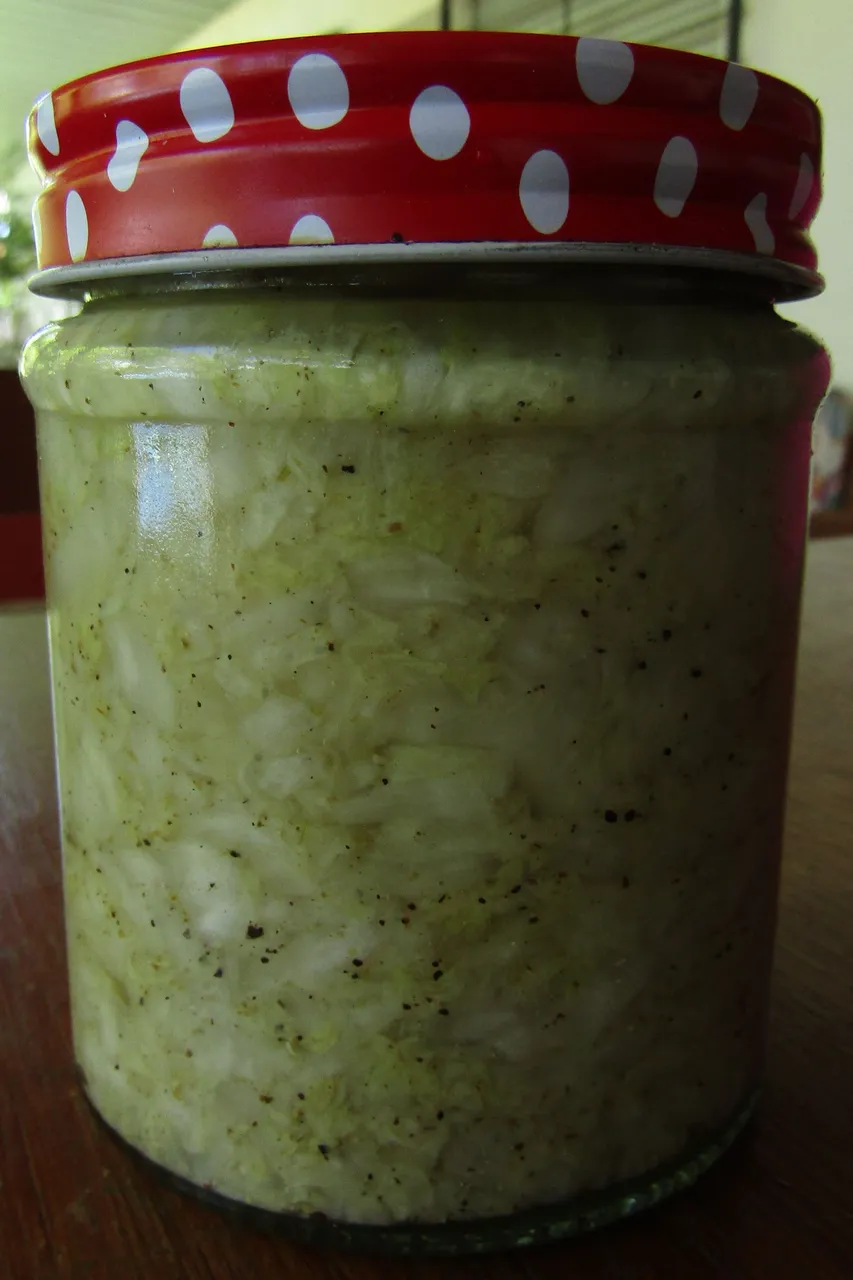
A touch of chemistry ⚗️
The cabbage initially has a variety of bacterias, mostly Leuconostoc and Lactobacillus species. The Leuconostoc species are dependent on oxygen to survive, and the Lactobacillus are capable of doing anaerobic respiration, which is a type of respiration through which cells can break down sugars to generate energy in the absence of oxygen.
Initially Leuconostoc species, produce carbon dioxide and lactic acid, decreasing the oxygen in the environment. These conditions are quite harsh for these species, and so this action results in their suicide, letting Lactobacillus species to do the rest of the work. This first step lasts between one to three days, depending on the temperature.
In a second phase, Lactobacillus species continue the fermentation process in anaerobic conditions, producing lactic acid until at threshold where the fermentation is no longer possible. These process can take several days depending on the temperature as well. High quantities of salt and low temperature can inhibit the bacterias and brake this step.
The fermentation process in Sauerkraut has a very clear goal. To make the environment acidic enough and low in oxygen, to kill unwanted bacterias and fungi and make Lactobacillus species to thrive. This will be the ones in charge of completing the fermentation, until the point where they are no longer capable of producing lactic acid.
Yummy recipe 😋
Making Sauerkraut is clearly easier than understanding all the chemistry behind, however knowing a little bit of what's happening in the interior of the jar, is key to make the best Sauerkraut!
Before starting with the ingredients, make sure to sterilize a glass jar, by putting it in very hot water for a couple of minutes. This will decrease the amount on unwanted bacterias inside the jar. Cool it down before putting anything inside, you surely don't want to kill the cabbage's bacterias 😆.
You can be creative in the choice of the ingredients, although there are several ingredients to avoid, such os oils, which might block the flow of gases in the interior of the jar. I always like to keep it simple:
- 1 cabbage
- 1 spoon of salt (for 1 Kg of cabbage)
- Cumin
- Black pepper
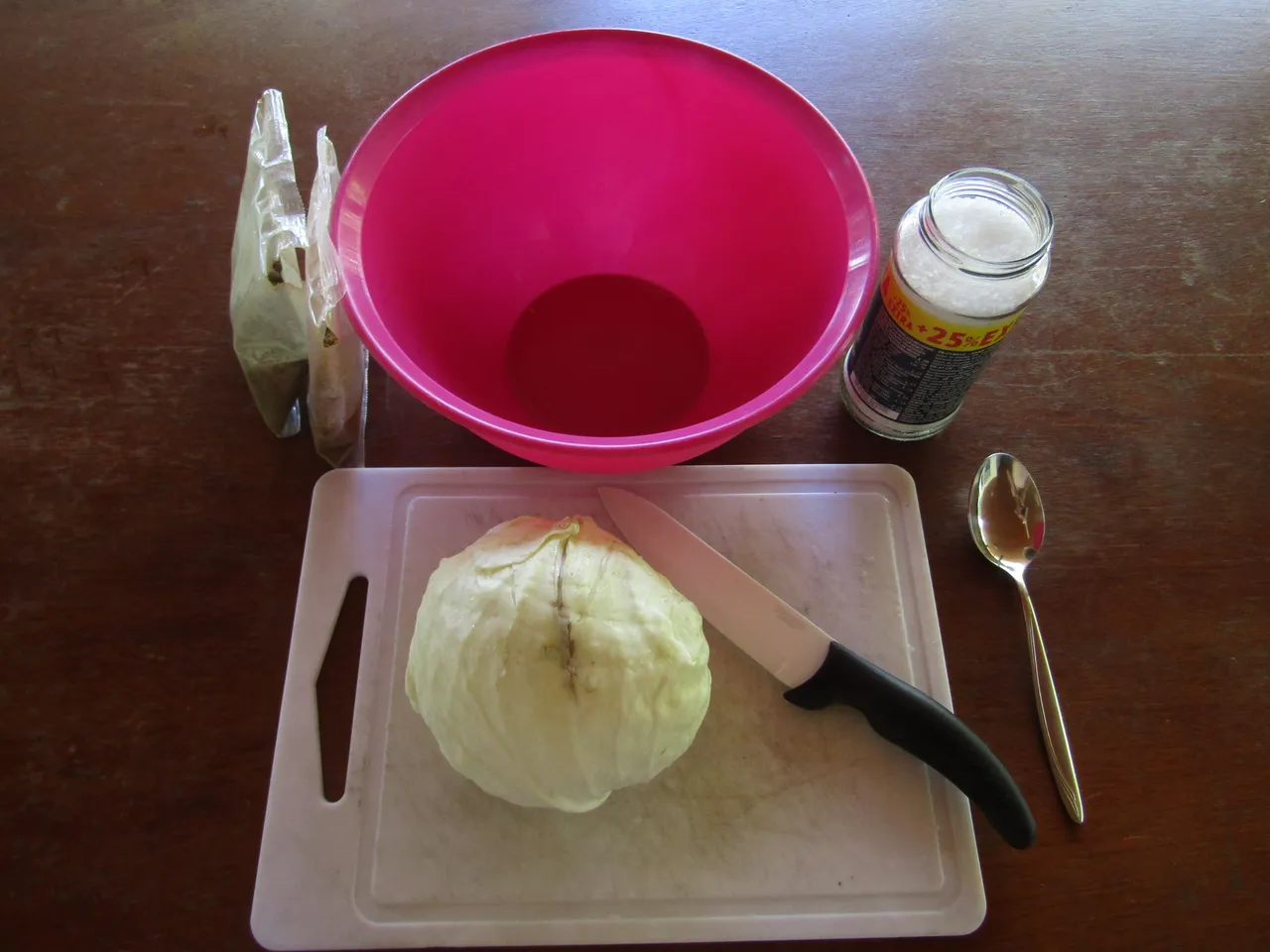
Start by cutting the cabbage in very small pieces and putting them in the bowl, finally add a spoon of salt, the cumin and the black pepper. I always like it a little bit spicy, so I put a good amount of black pepper. Also the amount of salt, actually depends on your taste, but make sure to not put a lot (remember from the chemistry section ⚗️).
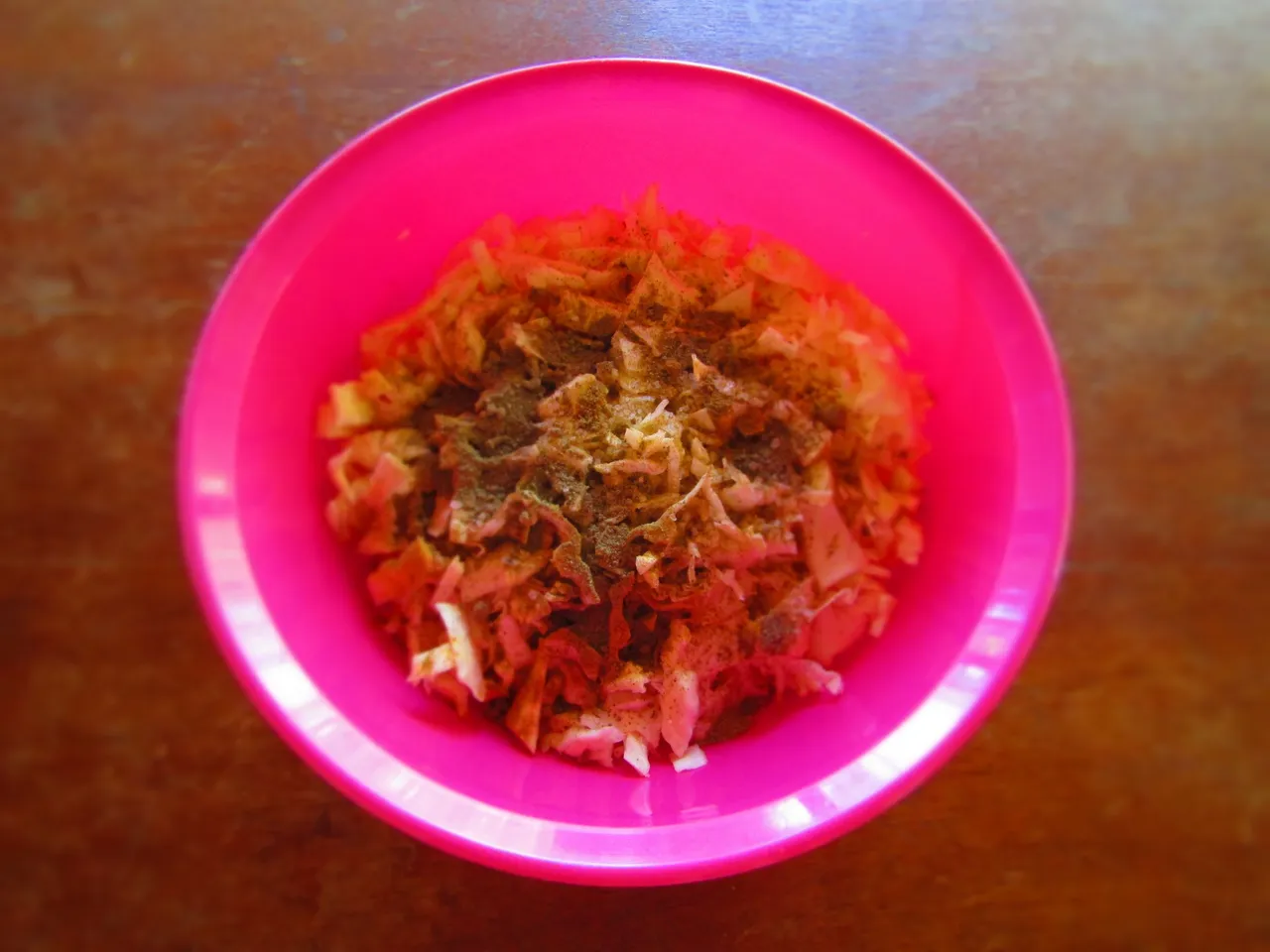
The salt will make the cabbage to release some liquid, and the rest of the work is up to the hands. Make sure to have them very, very cleaned, once more to avoid unwanted friends in your jar. Message and squeeze the cabbage for approximately 15 to 20 minutes. At some point you'll start to have a lot of liquid deposited in the bottom of the bowl.
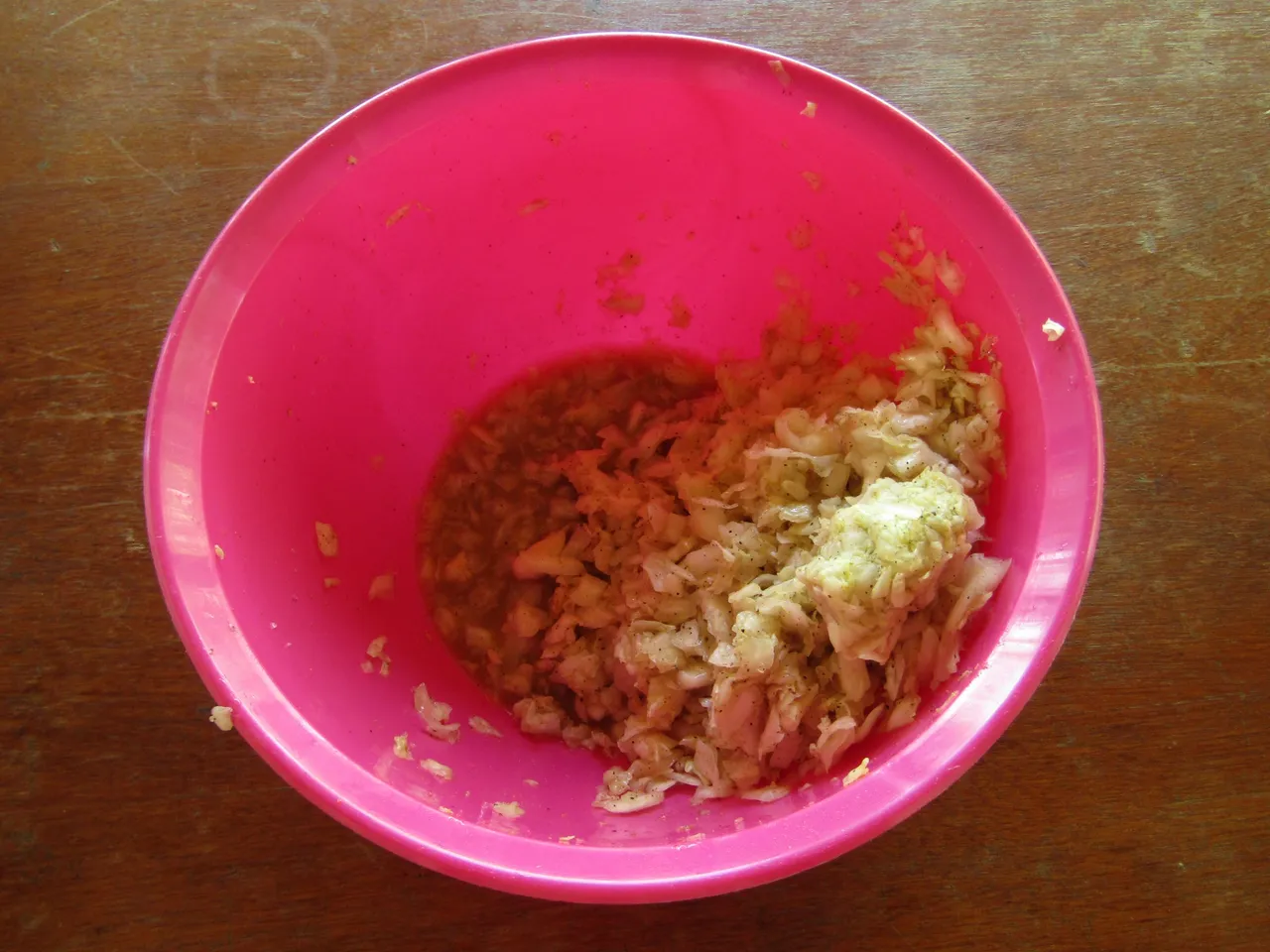
It's now time to start putting the cabbage in the glass jar, but make sure to squeeze it every time you put a portion in the jar. The idea is to separate the water from the cabbage, as much as you can.
While putting the cabbage in the jar, make sure to compress it each time, it will help to release any extra water and it will decrease the oxygen in contact with the cabbage.
Fill the jar until you have 1, 2 cm gap. Now fill the gap, with the water deposited in the bottom of the bowl, this water will act as barrier for the flow of oxygen to the cabbage. Before closing the jar, put something in the very end to make additional pressure, usually I use the root of the cabbage.
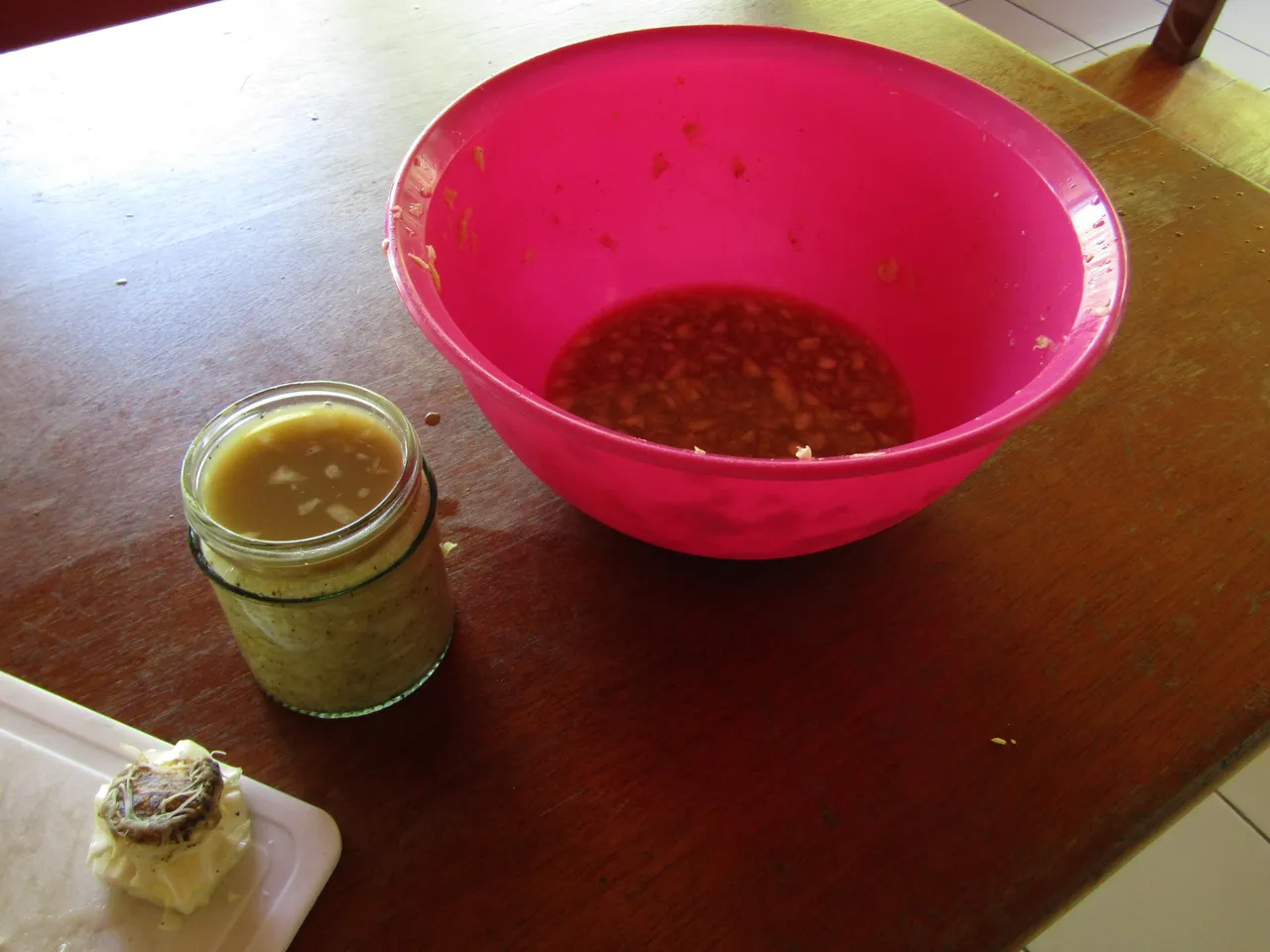
To close the jar, close it well, but not extremely well 😄. What I mean, is that you should close it in a way to minimize the flow of oxygen inside the jar, but at the same time to be able to release the carbon dioxide from the interior.
Put the jar in a dark place and it's time to wait! At the beginning it's important to check it every day and slightly open the jar to release the carbon dioxide.
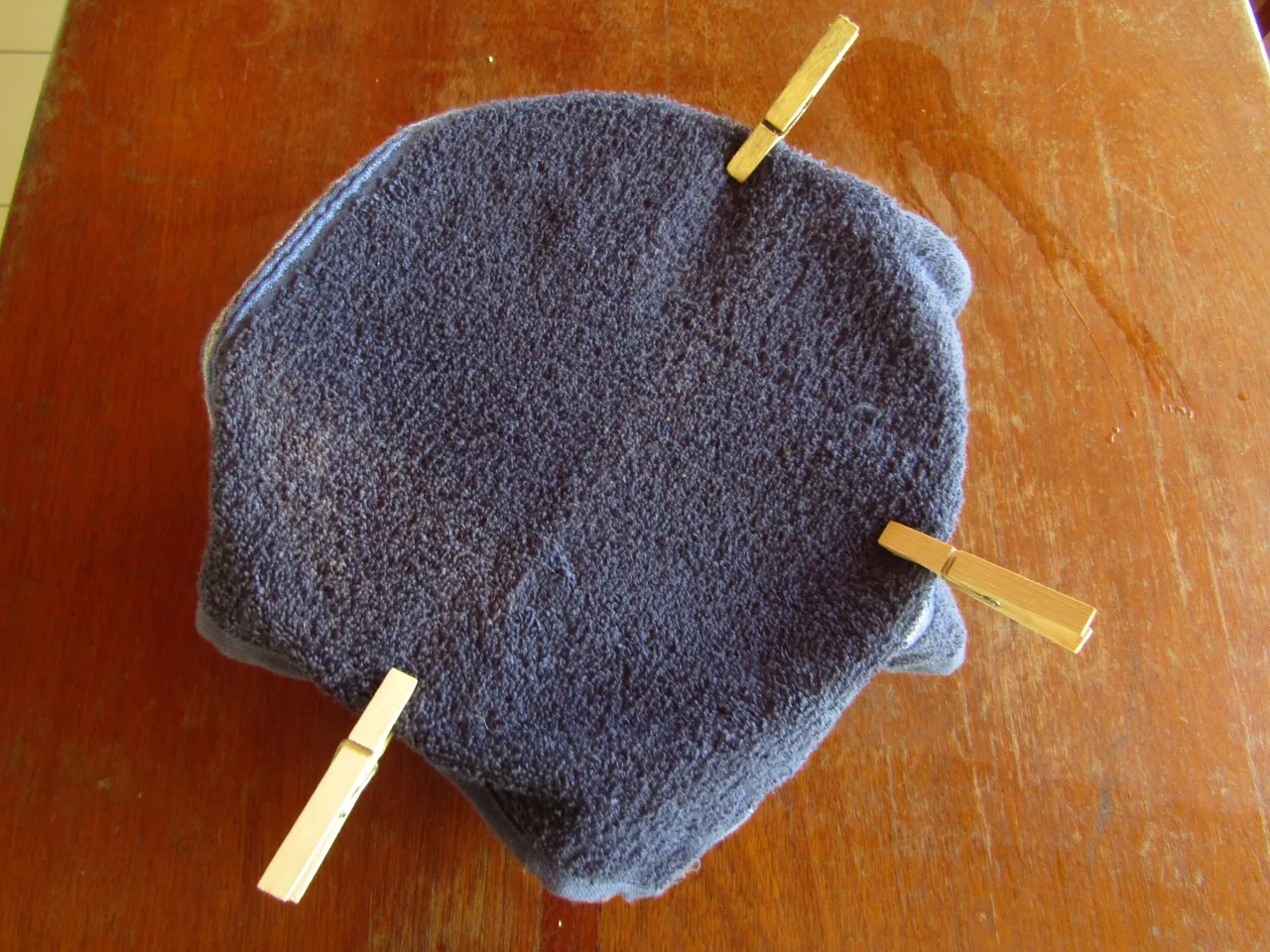
Once this process is finished, wait for a couple of days or weeks (depending on the temperature), until the fermentation process is finished. No more bubbles deposition inside the jar, usually means the end of the anaerobic respiration. You can now open, take the root away, remove the water, and even remove a small portion of the cabbage that was in direct contact with the water, sometimes it can be contaminated and taste bad. All the rest must be delicious and ready to eat! 😋
Superpowers 💪
Sauerkraut is a probiotic food. Probiotics are living microorganisms that benefit us. Other examples of probiotic foods are: kombucha, kefir, and yogurt. They help to make foods more digestible, which increases the ability to absorb the vitamins and minerals they contain. It is very important to take probiotics while taking antibiotics, these antimicrobials kill both the bad and the good bacterias, and you should replace your body with the good ones during the treatment.
Some of the nutrients in Sauerkraut:
- Fiber (3 grams in a cup)
- Carbs
- Calcium
- Vitamins A, C, and K
- Iron
- Folate
- Magnesium
- Phosphorus
- Potassium
Most of our immune system is located in the gut. The probiotics, help to keep the lining of your digestive system healthy. A strong gut lining stops any unwanted substances or toxins from going into your body and thereby causing an immune response.
The fibers are useful to balance the colesterol levels, the potassium and the probiotic content can be helpful to lower the blood pressure, and the Vitamin K2 prevents calcium deposits from accumulating in arteries, which lowers the risk of dying from heart disease.
These among many other benefits, such as brain health, loss of weight, cancer prevention. Are already very good reasons to make Sauerkraut, but as any other food, don't over eat it 😀.
References:
https://ueos.thinkific.com/pages/the-science-behind-sauerkraut-fermentation
https://www.thepioneerwoman.com/food-cooking/recipes/a100555/how-to-make-sauerkraut/
https://www.asweetpeachef.com/benefits-of-sauerkraut/
https://www.healthline.com/nutrition/benefits-of-sauerkraut#7.-May-promote-heart-health